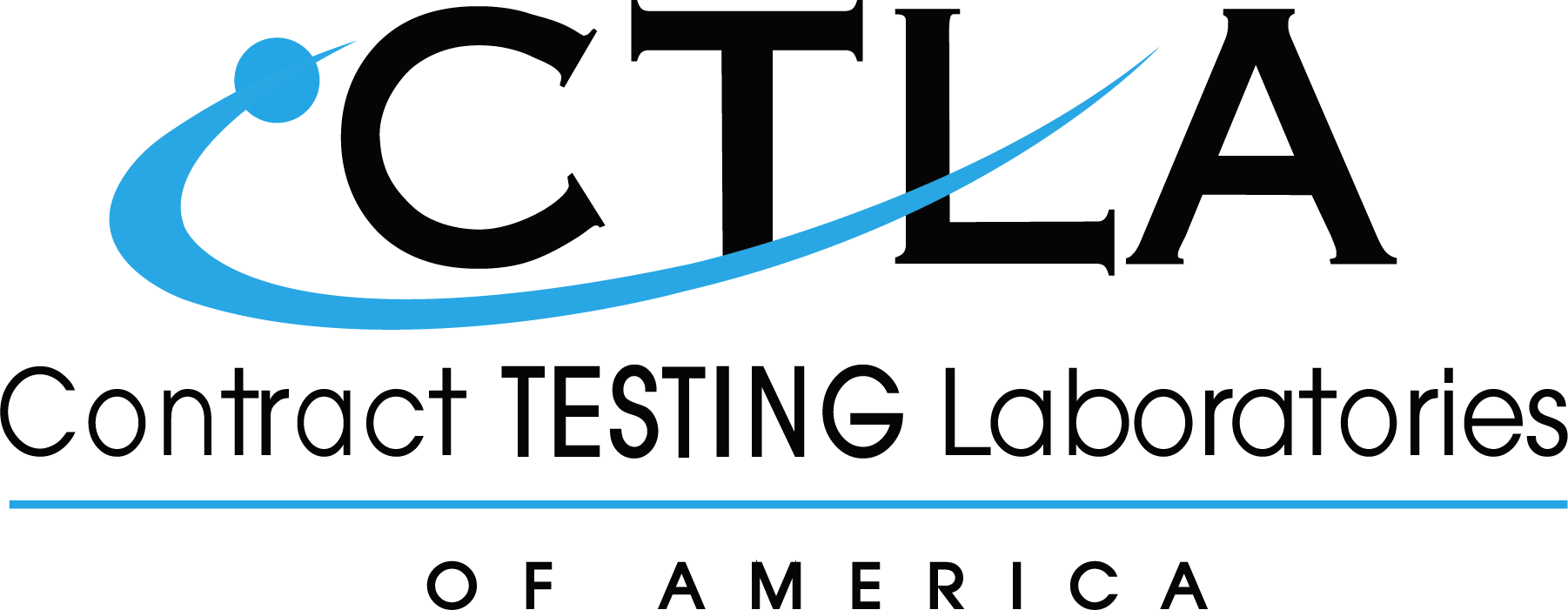
The Benefits of ICP-MS for Dietary Supplements and Food
There is nothing more expensive for a company than a recall. Public safety issues cause recalls. When recalls happen, the brand owner eats every cost associated with producing and distributing their product. For food, dietary supplements, and cosmetics, recalls occur when the product contains harmful microorganisms or heavy metals.
In addition, the Food and Drug Administration (FDA) requires nutritional labeling on dietary supplements and packaged foods. Products can be recalled if nutritional labeling does not match product contents. Inductively Coupled Plasma-Mass Spectrometry (ICP-MS) analysis is the best method for determining inorganic content, including major and trace concentrations of minerals and heavy metals.
ICP-MS analysis also helps determine raw material quality before use in product production.
Sample Concentration Detection
In one sample run, ICP-MS quickly and efficiently provides high-quality quantitative analysis for up to 82 elements. Within a few minutes, ICP-MS identifies the elements contained in an unknown sample and approximates (within 30%) the individual amount of each element. The ICP-MS instrument is then reconfigured for elemental quantitative analysis to determine the exact concentration for elements of interest.
For specific heavy metal and mineral analysis, the elements of interest are predetermined and hence the ICP-MS is only configured once to obtain accurate concentration levels.
The ICP-MS quantifies elements within nine orders of magnitude. In a milligram of a sample, ICP-MS can detect trace picogram levels of a target analyte or parts-per-trillion. This converts to percentages as low as 0.0000001% of the total sample mass. The low detection limit translates to both heavy metal and mineral analysis, all in the same sample run.
Overview of ICP-MS Analysis
ICP-MS analysis separates the sample into its base elements to determine each element’s concentration based on the mass to charge ratio.
Separating Samples into Base Elements
Regardless of the sample type (solid or liquid), samples are introduced into ICP instruments as aerosol droplets. Solid and biological samples are liquified with dissolving reagents. Liquids are then nebulized into droplets and fed into an argon plasma torch.

Using temperatures equal to the surface of the sun, the plasma torch atomizes the sample and breaks it down into its elements. As the atoms absorb the energy, they eventually release one electron to form charged ions.
Mass spectrometer detection and concentration analysis requires the temperature and pressure to be downgraded by moving the ionized elements through a series of cones.
Past ICP-MS instruments used only two cones to achieve this, causing a wide divergent ion beam. An ion lens, installed after the second cone, focuses the beam and accelerates it towards the mass spectrometer. Today’s ICP-MS instruments achieve the same result by adding a third cone called a hyper-skimmer cone.
Improving Analysis by Reducing Background Noise
For high performance, photons and neutrally charged atoms must be separated from the analyte ions of interest. Photons cause background noise and degrade lower detection limits. Neutrals can collect in the instrument and cause drift from known standards. They are both separated out by shooting the beam from the hyper-skimmer cone through a quadrupole ion deflector (QID).
Elemental ions, not in the original sample, can be generated during the ICP process from the sample, the argon plasma, or an interaction between the two. A universal cell that operates in both collision and reaction modes reduces the interference to provide accurate elemental analysis.
In collision mode, ions pass through an inert gas. Smaller analyte ions of interest maintain their energy and pass through an energy barrier, while lower-energy interference ions do not.
In reaction mode, ions pass through a reactive gas like ammonia. Interfering ions react faster than the analyte ions of interest, allowing them to be separated out.
Mass Spectrometer and Detection
The mass spectrometer uses another quadrupole (set at given radio frequencies and voltages) to separate singularly charged ions by mass. Computer electronics rapidly change the quadrupole’s parameters to allow the different mass to charge ratios to pass through to strike the detector. The quadrupole is sequential and can scan more than 500 atomic mass units a second.
A detector dynode amplifies the striking of each ion that comes out of the mass spectrometer generating a measurable pulse. The number of pulses determines the concentration level for detected elements.
CTLA Testing Services
CTLA offers ICP-MS services for toxic heavy metal detection and quantitative analysis for product nutrition labeling. With CTLA on your team, you can prevent costly recalls with final product testing and ensure the integrity of raw ingredients before starting manufacturing.
CTLA is a full-service laboratory operating with ISO/IEC 17025:2017 accreditation. We specialize in testing food, dietary supplements, and cosmetics to meet US Department of Agriculture (USDA) and FDA requirements. And we have streamlined testing and documentation processes to meet Amazon’s requirements to list dietary supplements on their website.
Why wait? Put CTLA to work for you today!

Article by Jae O. Haroldsen
The content of CTLA’s website is for information only, not advice or guarantee of outcome. Information is gathered and shared from reputable sources; however, CTLA is not responsible for errors or omissions in reporting or explanation. CTLA gives no assurance or warranty regarding the accuracy, timeliness or applicability of the content.
Sources:
“The 30-Minute Guide to ICP-MS.” PerkinElmer. 2011. https://www.perkinelmer.com › Images › 44-7484...
“ICP-MS as a Technique.” Oregon Health & Science University: Elemental Analysis Core. https://www.ohsu.edu/elemental-analysis-core/icp-ms-technique







